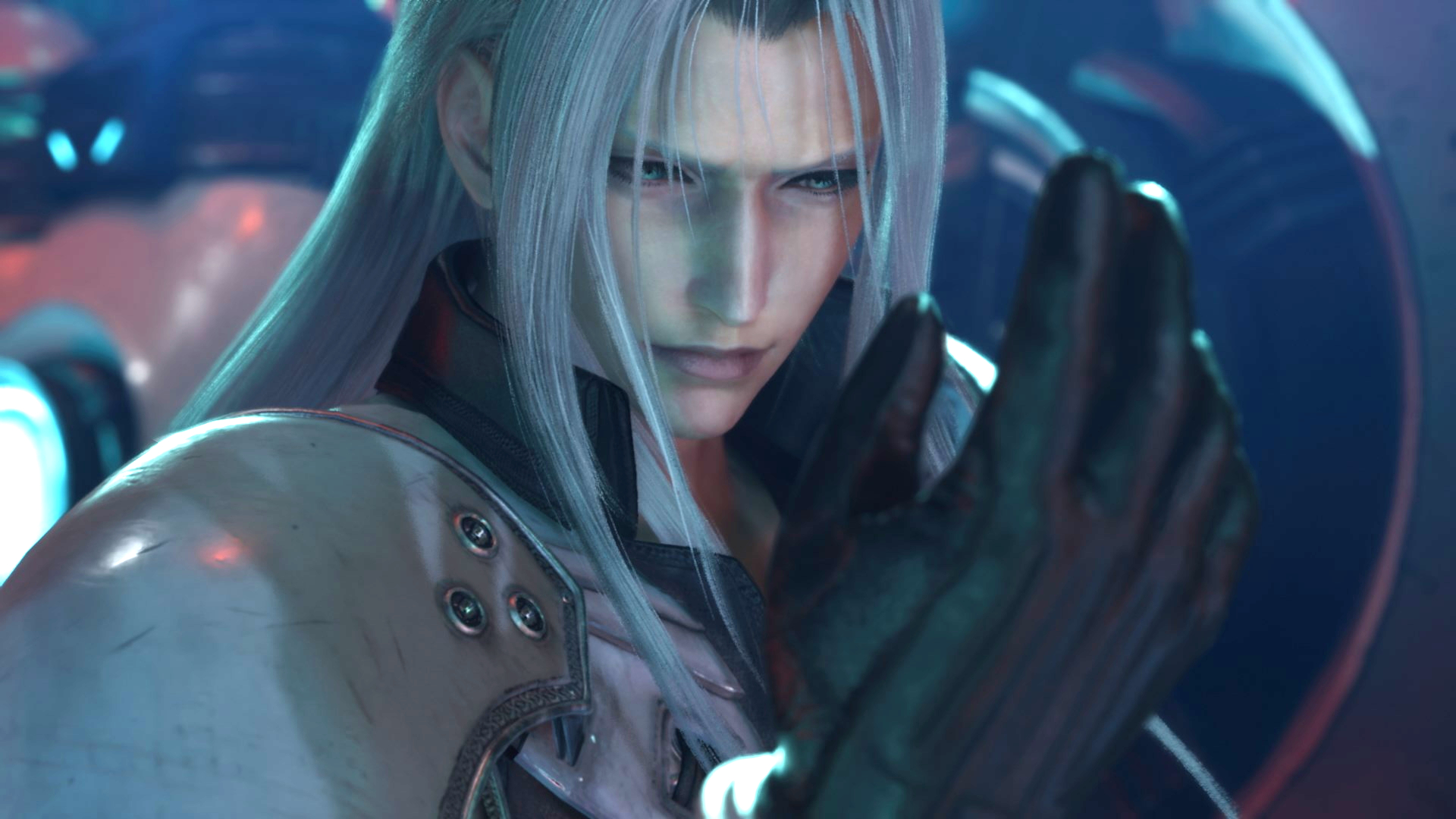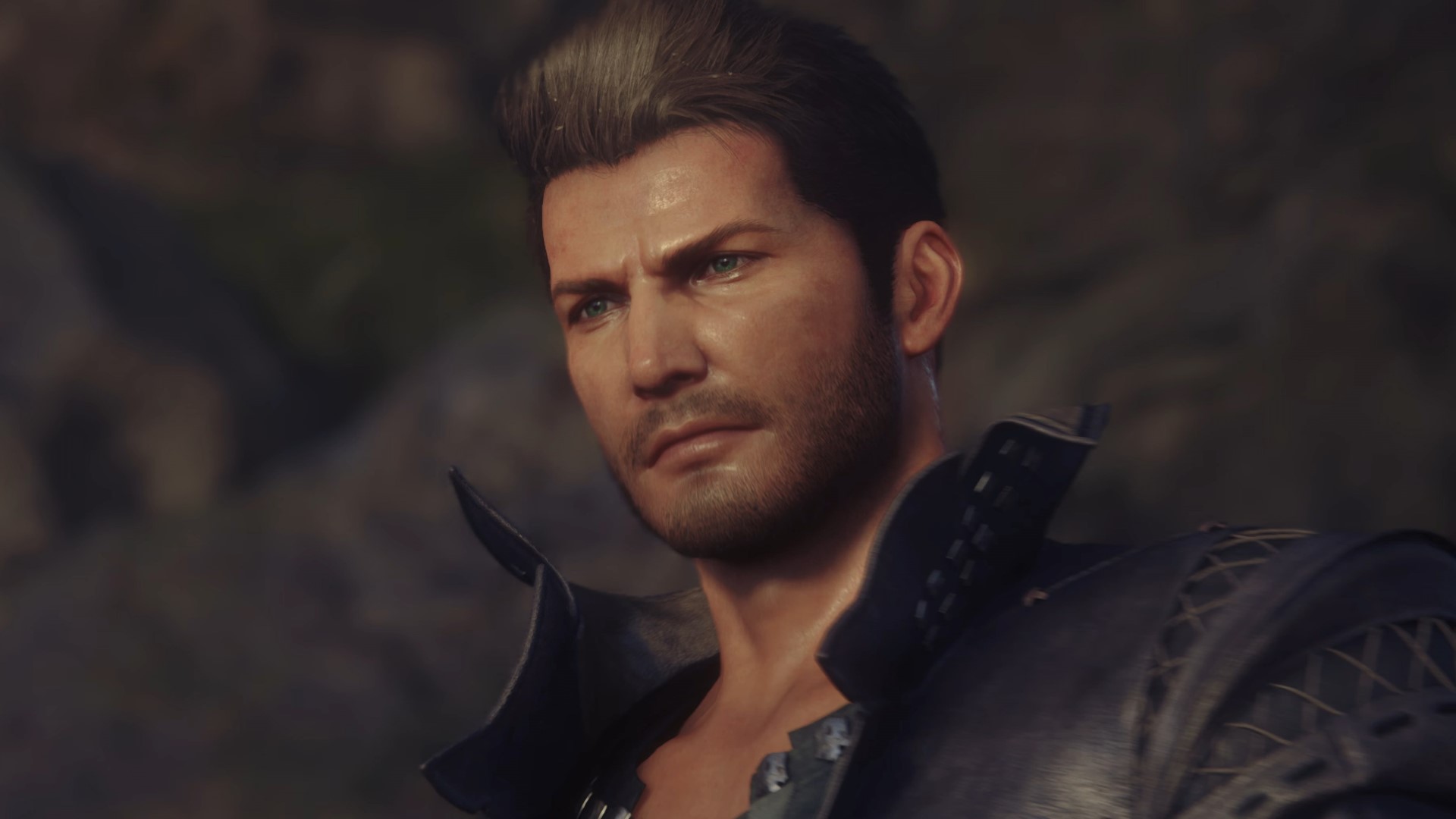With Final Fantasy 7 Rebirth almost here, now’s the perfect time to play Final Fantasy 16
Forerunner

Final Fantasy 7 Rebirth is shaping up to be the most ambitious project to ever emerge from Square Enix. Releasing February 29, 2024, for PS5, this role-playing game (RPG) stands as the second part of the Final Fantasy 7 remake trilogy. Thanks to a hands-on preview, we already know that it’s more confident than its predecessor and is willing to revel joyfully in its modern, action-heavy combat systems and gorgeous cinematics.
However, while Rebirth aims high in its attempt to marry old Final Fantasy feelings with modern gaming technology, it’s worth remembering that it’s not the first of its kind. While its predecessor, Final Fantasy 7 Remake, was a compelling if tentative retelling of Final Fantasy 7’s opening act, Rebirth has just as much in common with Final Fantasy 16 (FF16), too.
Last June, the dark fantasy epic Final Fantasy 16 arrived to much hype and critical acclaim. An action RPG that completely dispensed with turn-based battles, the latest numbered Final Fantasy deftly walked the line between old and new - an exercise that will also be key to Rebirth’s success. Therefore, if you want to know what Rebirth might have in store, FF16 is the perfect way to find out.
Final Fantasy 16 successfully preserved the theatrical, larger-than-life melodrama at the heart of the series. The RPG sees exiled nobleman Clive Rosfield attempt to avenge the loss of his homeland and overthrow a vast conspiracy. While Clive and friends were fantastically realized by the PS5’s modern graphical capabilities, the words and actions of the characters felt like they could have been plucked from any of its pixelated predecessors.
Old and new, together

Even a cursory look at the free demo shows us that Final Fantasy 7 Rebirth is a similar sort of project to Final Fantasy 16. The demo opens with a flashback where Cloud, our spikey-haired protagonist, relives an iconic setpiece from the original, where he and aloof not-quite-a-villain-yet Sephiroth work to clear the town of Nibelhiem of monsters. Just as in the original, it’s a tense, jarring sequence, fraught with tension and foreshadowing as Sephiroth begins his descent into evil. However, the setpiece is given more life and zest by a modern re-writing of the script, a jaw-dropping soundtrack, and cutting-edge cinematography.
Final Fantasy 16 feels like a remake of every Final Fantasy game that’s gone before it
Final Fantasy 16 is also chocked full of this satisfying meeting of old and new. Charming pixel art versions of Clive and his companions mark loading and menu screens. At the same time, the Prelude - an iconic track that famously plays at the start of every Final Fantasy game in some form - is smartly woven across the entire soundtrack. At times, Final Fantasy 16 feels like a remake of every Final Fantasy game that’s gone before it, speaking almost entirely in the language of its predecessors. The RPG’s massive magical crystals, terrifying magical beasts, gritty political standoffs, and compelling dialogue would be at home in almost any Final Fantasy, especially the earlier offerings, which, like FF16, often used an explicitly medieval setting.

However, much like the previews we’ve seen of Rebirth, Final Fantasy 16 takes all of these timeless themes and places them in a contemporary context with the help of modern technology. The giant magical crystals that define the world of FF16 tower over stunning, detailed landscapes. The enormous magical beasts do battle with eye-catching spectacle worthy of any Hollywood blockbuster. Modern facial animations add nuance and depth to character interactions and politics that would be simply impossible to convey with the technology of previous console generations.
Sign up for breaking news, reviews, opinion, top tech deals, and more.
In this way, Final Fantasy 16 and Final Fantasy 7 Rebirth are made of similar stuff, making the former an ideal choice for die-hard fans and more casual Final Fantasy 7 enjoyers alike. FF16 shows off everything that modern Square Enix can do, standing on its own two feet, while also offering a prologue as to what we can expect from Rebirth.
Peas in a pod

The similarities are more than surface level, though. Both deal with poignant themes of identity and self-realization. Clive from FF16 and Cloud from Rebirth are forced to come to terms with their challenging pasts, confronting complex and thought-provoking issues. Without spoiling too much, both Cloud and Clive played unwilling yet undeniable roles in traumatic events in which they, and the people around them, were hurt. Both face up to these truths as the stories unfold, giving each protagonist rewarding and cathartic character arcs.
All of this comes hand in hand with another shared theme: emotional vulnerability. Both characters start their journey as terse, standoffish warriors for hire, eventually opening up to the people around them as they come to realize that standing alone makes you weaker, not stronger. This running theme helps give meaning to the relationships that both characters form with their friends.
Clive’s eventual willingness to accept the gruff but lovable Cid as a mentor figure parallels Cloud’s own relationship with Barret, the boisterous but kind eco-terrorist. In a way, the games almost rhyme, a quality which makes Final Fantasy 16 an ideal way to get back into the swing of things before Rebirth’s release at the end of the month.
While Final Fantasy 16 might not have the cultural stopping power of Final Fantasy 7, don’t sleep on it just because of the unfamiliar characters or gritty, low-fantasy premise. Scratch the surface, and you’ll find a rewarding, captivating title with more in common with Final Fantasy 7 than meets the eye.
Looking for other recommendations? Try something from our lists of the best JRPGs and the best single-player games.

An editor and freelance journalist, Cat Bussell has been writing about video games for more than four years and, frankly, she’s developed a taste for it. As seen on TechRadar, Technopedia, The Gamer, Wargamer, and SUPERJUMP, Cat’s reviews, features, and guides are lovingly curated for your reading pleasure.
A Cambridge graduate, recovering bartender, and Cloud Strife enjoyer, Cat’s foremost mission is to bring you the best coverage she can, whether that’s through helpful guides, even-handed reviews, or thought-provoking features. She’s interviewed indie darlings, triple-A greats, and legendary voice actors, all to help you get closer to the action. When she’s not writing, Cat can be found sticking her neck into a fresh RPG or running yet another Dungeons & Dragons game.